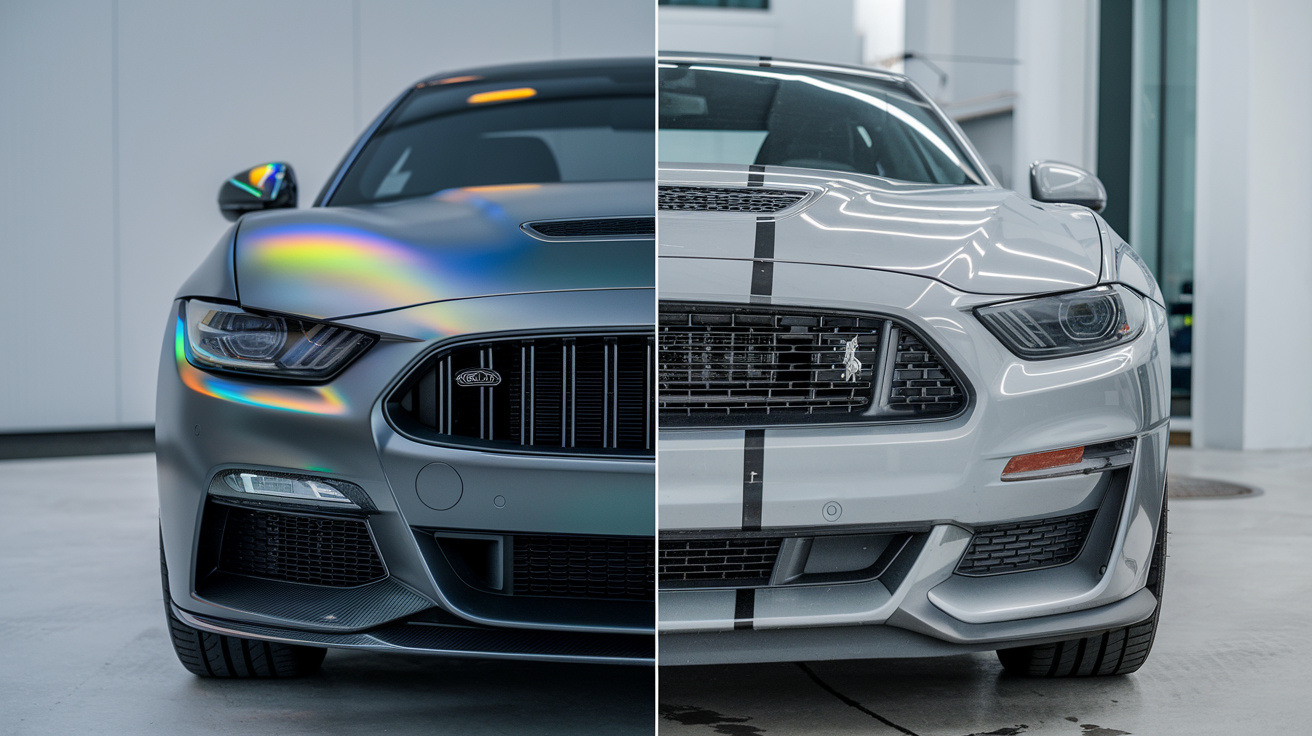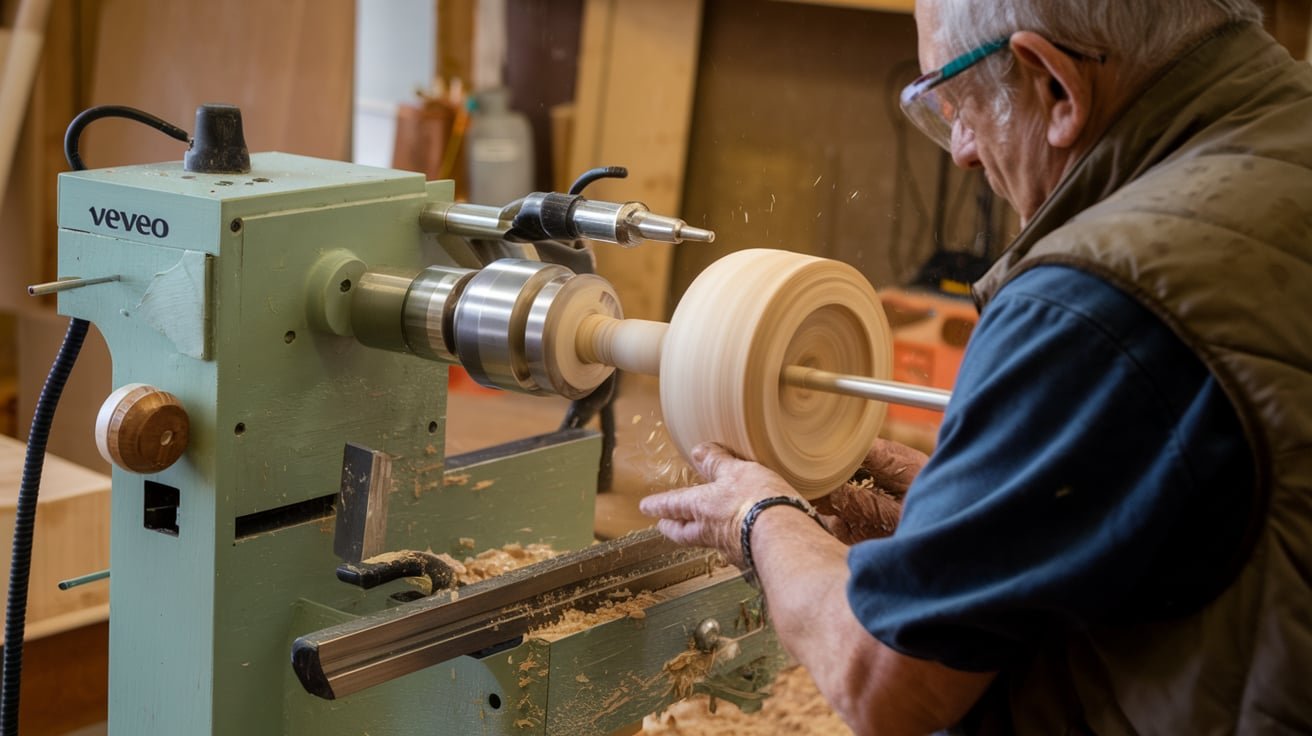Introduction
Ceramic coatings have grown in popularity due to their exceptional ability to protect vehicle surfaces from environmental damage and wear. Among the top names in the industry, xpel fusion plus satin ceramic coating vs dr beasley often come up as two of the best choices for matte and satin finishes. These coatings offer durable protection against UV rays, dirt, and other contaminants. Still, each brings unique qualitiese will explore the similarities and differences between xpel fusion plus satin ceramic coating vs dr beasley, providing a detailed comparison for car enthusiasts considering the best vehicle option.
What Are Ceramic Coatings?
Ceramic coatings have become a vital part of vehicle maintenance for many car owners, especially those looking to maintain the beauty and longevity of their car’s paint. They create a chemical bond with the vehicle’s paint surface, forming a protective layer that shields against environmental hazards such as road debris, water, dirt, and ultraviolet (UV) light. Ceramic coatings are different from waxes or sealants, providing longer-lasting protection and improved resistance to wear and tear.
Both xpel fusion plus satin ceramic coating vs dr beasley focus on offering superior protection for matte and satin paint finishes. These finishes are delicate and more susceptible to damage than glossy surfaces, so they require a specific type of protection that won’t alter their appearance. Let’s delve into what sets these two ceramic coatings apart.
XPEL Fusion Plus Satin Ceramic Coating: Overview
XPEL is a well-respected name in vehicle protection, and their Fusion Plus Satin Ceramic Coating is a high-performance option explicitly designed for satin and matte finishes. One of the most significant advantages of this product is that it doesn’t add any unwanted gloss to the vehicle’s surface, preserving the original look while enhancing the durability and protection.
XPEL Fusion Plus offers advanced hydrophobic properties, meaning water, dirt, and other contaminants have difficulty sticking to the surface. This makes cleaning easier and reduces the risk of water spots, which is especially important for matte finishes. XPEL’s ceramic coating also provides UV protection to prevent fading and discoloration over time. It’s a long-lasting solution with proper maintenance that can stay effective for up to five years.
Professionals generally apply the coating to ensure even coverage and maximum effectiveness. While it’s more expensive than other ceramic coatings, its durability and high-quality finish make it a worthwhile investment for those who want to preserve their vehicle’s satin or matte paint in pristine condition.
Dr. Beasley’s Ceramic Coatings: Overview
Dr. Beasley’s is another top contender in the ceramic coating market, primarily known for its user-friendly products that are accessible to both professionals and DIY enthusiasts. Like XPEL, Dr. Beasley’s ceramic coatings are specifically formulated to protect matte and satin finishes without adding shine or gloss. The company offers a wide range of coatings that can be used on different surfaces, including plastic, metal, and rubber, making it a versatile option for those looking to protect various parts of their vehicle.
One of the standout features of Dr. Beasley’s ceramic coatings is their ease of application. While professional installation is always recommended for the best results, many car owners find Dr. Beasley’s products easy to apply at home with the right tools and guidance. This makes it a more affordable option for those on a budget or who prefer a DIY approach to car care.
Regarding performance, Dr. Beasley’s coatings offer excellent hydrophobic properties, UV protection, and resistance to chemicals and environmental pollutants. Like XPEL, they also provide long-lasting protection, though some users may need to reapply the coating more frequently depending on how it was applied and how the vehicle is maintained.
Hydrophobic Protection: xpel fusion plus satin ceramic coating vs dr beasley
When comparing xpel fusion plus satin ceramic coating vs dr beasley, one of the most critical factors is their hydrophobic properties. Both brands offer excellent water-repelling capabilities butapproach it in slightly different ways.
XPEL Fusion Plus creates an ultra-slick surface that causes water to bead up and slide off easily, reducing the chances of water spots forming on the paint. This is especially important for matte finishes, which can show watermarks more easily than glossy paint. The hydrophobic effect also makes it easier to wash the car since dirt and grime don’t adhere as firmly to the surface.
Similarly, Dr. Beasley’s ceramic coatings also offer hydrophobic solid protection. Their formula ensures that water, dust, and debris slide off the surface, keeping the car cleaner for longer. However, some users report that XPEL’s hydrophobic effect lasts slightly longer, mainly when applied by a professional.
Longevity and Durability
Both xpel fusion plus satin ceramic coating vs dr beasley are designed to provide long-term protection, but XPEL is generally considered to have an edge in terms of durability. XPEL Fusion Plus can last up to five years with proper care, making it an excellent choice for car owners who want a low-maintenance solution.
Dr. Beasley’s coatings are also durable, though they may require reapplication sooner, especially if applied at home by a non-professional. However, for DIY enthusiasts, the ease of application and the cost-effectiveness of Dr. Beasley’s products make it a viable option even if reapplication is necessary after a couple of years.
Application Process: xpel fusion plus satin ceramic coating vs dr beasley
One of the key differences between xpel fusion plus satin ceramic coating vs dr beasley is the application process. XPEL Fusion Plus is typically recommended for professional application due to the precision required to achieve an even coat and the need for a controlled environment to avoid contamination. Applying XPEL’s ceramic coating improperly could lead to uneven results or a diminished lifespan of the protection.
On the other hand, Dr. Beasley’s coatings are much more accessible for at-home application. The brand provides detailed instructions and user-friendly kits that make it possible for car owners to apply the coating themselves. While professional application will always offer the best results, Dr. Beasley’s is designed to be more forgiving, even for non-professional users.
Aesthetic Preservation
One of the main reasons car owners invest in ceramic coatings for satin and matte finishes is to maintain the unique look of their vehicle. Both xpel fusion plus satin ceramic coating vs dr beasley are excellent in this regard, as they are specifically formulated to protect these delicate finishes without altering their appearance.
XPEL Fusion Plus is particularly renowned for its ability to enhance the look of satin finishes without adding any unwanted gloss. This is a key selling point for car owners who want to keep the matte or satin look of their vehicle intact while still benefiting from the enhanced protection of a ceramic coating.
Dr. Beasley’s is also highly effective at maintaining the natural appearance of satin and matte finishes. It preserves the paint’s original look while providing the added benefit of ceramic protection. However, some users note that XPEL offers a slightly more refined finish in terms of aesthetic preservation, especially when professionally applied.
Protection from Environmental Hazards
Both xpel fusion plus satin ceramic coating vs dr beasley provide excellent protection against environmental hazards such as UV rays, bird droppings, and acid rain. These coatings create a barrier that prevents harmful contaminants from reaching the paint surface, reducing the risk of damage and staining.
XPEL Fusion Plus offers superior resistance to UV rays, helping to prevent the paint from fading over time. Its chemical-resistant properties also ensure that contaminants like bird droppings or acid rain won’t penetrate the surface and cause lasting damage.
Dr. Beasley’s also offers strong protection against environmental hazards, though some users report that XPEL’s coating offers slightly better performance when it comes to chemical resistance and UV protection. However, for most users, Dr. Beasley’s provides more than enough protection for everyday driving conditions.
Cost Comparison
In terms of cost, xpel fusion plus satin ceramic coating vs dr beasley differ significantly. XPEL is generally more expensive, especially when you factor in the cost of professional application. However, its long-lasting durability and high-quality finish make it a worthwhile investment for those looking to protect their satin or matte paint for years to come.
Dr. Beasley’s, on the other hand, offers a more affordable solution, especially for those who are willing to apply the coating themselves. While it may not last as long as XPEL’s coating, the lower price point and ease of application make it a cost-effective option for many car owners.
Conclusion
Xpel Fusion Plus Satin Ceramic Coating vs Dr Beasley are excellent options for protecting satin and matte finishes, but they cater to different needs. XPEL Fusion Plus is ideal for those seeking professional-grade protection and long-term durability, making it the best choice for car owners who want to invest in high-quality protection for their vehicle. On the other hand, Dr. Beasley’s is perfect for DIY enthusiasts or those on a budget, offering a more accessible and affordable solution without compromising too much on performance.










